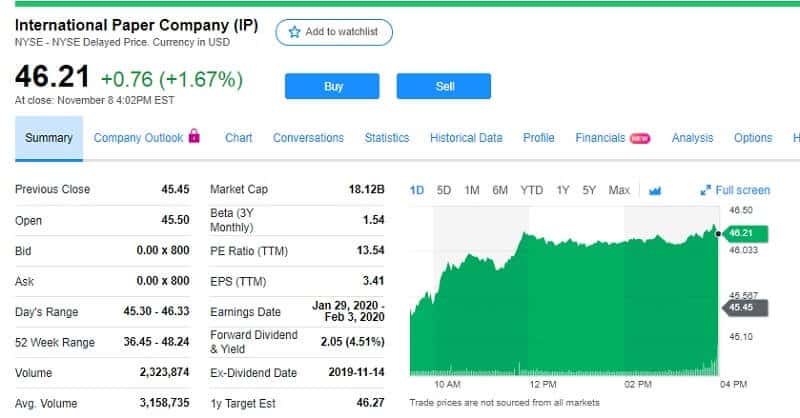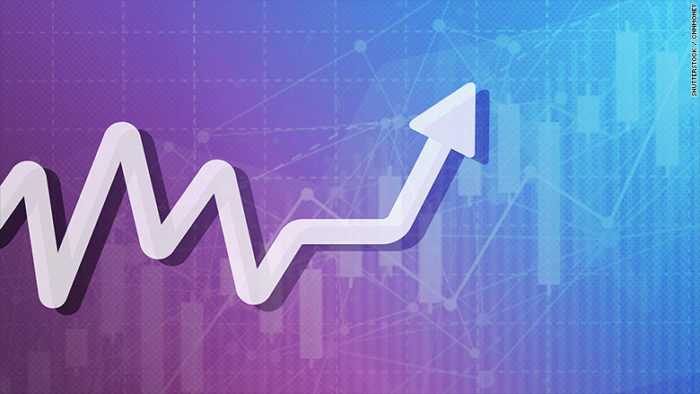
If you are looking for an investment that offers steady income, dividend stocks are a good option.
Start with dividend ETFs because they are the easiest entry point.
By Guy Avtalyon
Dividend stock investing may be a good source of passive income. It will not generate a great profit since the average dividend yield is about 3%, but the income will be stable. But even if you don’t have a million dollars to generate significant income, dividend stock investing still can be a good choice.
So, the first reason to invest in dividend stocks is dividends. You’ll receive a steady and expected income and, also, growing capital over time is the other reason for investing in dividend stocks. Your capital will grow and you’ll have dividends. You can reinvest those dividends in some other stocks or spend as you wish.
How dividend stock investing is a good choice?
To put it simply, by investing in dividend-paying stocks you’ll receive the continuous income as long as you are a shareholder.
Dividend investing has a dual benefit in its nature. Firstly, recurring dividend payments and, secondly, the asset appreciation.
For example, you purchased 100 shares of a company ABC for, let’s say $20 each. And you will receive, let’s say, 3% annual dividend. Your capital invested would be $2.000, and your dividend payment $60. And you will receive your payments no matter if the stock price is growing or dropping. As long as the company is able to maintain it, you will receive your dividend payments.
Pay attention to high yields
If you want to invest in dividend-paying stocks you have to be focused on dividend yields.
If there is a high dividend yield you’ll receive large cash income. That often comes from companies that are not growing fast but have a solid cash flow to support dividend payments.
Also, pay attention to the dividend growth rate. For example, you found a company that is fast-growing but paying dividends less than average. Since such a company is fast-growing you may expect to gain more from dividends in, let’s say, 5 years than you might get from the company with high dividend yield.
The companies in the development or start-up stage, usually have a high price-to-earnings ratio and dividend yield can’t be big. But, when such a company expands, for example, opens new stores or similar, the per-share dividends may increase quickly because the profit rises higher.
That could be great for buy and hold investors.
Investing through ETFs
Dividend ETFs give an easy option to start investing in stocks that pay a dividend.
Since dividend ETF holds hundreds of dividend stocks that provide good diversification of your investment portfolio. As a consequence, you will have safer payouts. In case that some of the companies lower their dividends, you will still have enough, likely you will not even notice that in your total income. ETFs are a really good option for newbies because you will want safe payouts in the beginning.
Individual dividend stock investing
You will need time for this because it is more complex than investing through a dividend ETF. But the good thing is that when you buy dividend stocks it is possible to pick those with higher dividends than those you can find them in an ETF.
What you have to do is to research the company, estimate the safety of the dividend, and finally, decide how much to buy.
You can find dividend-paying stocks on different financial sites, including the online broker’s site.
When you analyze the company, pay attention to how healthy it is, meaning, is it able to maintain the dividend payments for a long time, for example, 5 or 10 years. It requires time but you have to do that.
You have to figure out the payout ratio. Remember, the low payout ratio means the dividend is safer and can grow faster over time. If the payout ratio is over 50%, simply don’t buy that stock.
Also, you will need to diversify your dividend stock investment portfolio. You have to define how many stocks you want to buy. If the stock is riskier you should hold a smaller part of your portfolio on it.
The first concern must be the safety of the stock’s dividend. Don’t focus simply on the greatest dividend yields. There is one thing you have to know, if the yield is high that means the investors have some doubts about the company’s ability to pay high dividends regularly. As a consequence, the stock price may go down and you can lose your invested capital. And the dividend will also fall.
You can buy individual dividend stocks if you like the challenge of picking out the winning stocks. But you must be really good to be able to develop a portfolio of dividend stocks that gives a higher yield. Higher than you could find in a dividend ETF.
Is dividend stock investing an opportunity?
For a long-term investor, dividend stock investing is a great way for passive income. The dividends you get can be reinvested and you will have more income.
When you notice that dividend yield is more than 4% you have to examine it very carefully. If the yield is over 10% the stock is risky.
When dividend yield is too high it indicates the payout is not sustainable, or maybe the investors are selling the stock. The share price will be lower in that case and the dividend yield will increase. In the short term, it may be good but for a long-term investment, it is bad for sure.
Also, if you notice that the company is giving a large percentage of its income as dividends payments, for example, more than 80%, stay away. This isn’t good because it is a sign that the company doesn’t know where to reinvest and assure its future growth. Also, when the payout ratio is too high you can be certain the dividend is unstable and the company has problems sustaining it.






